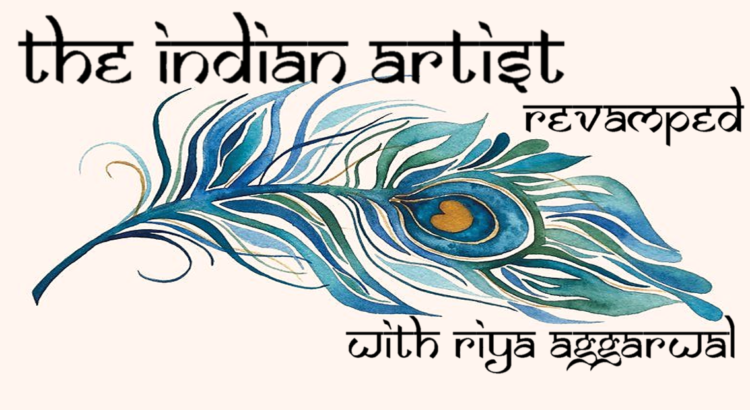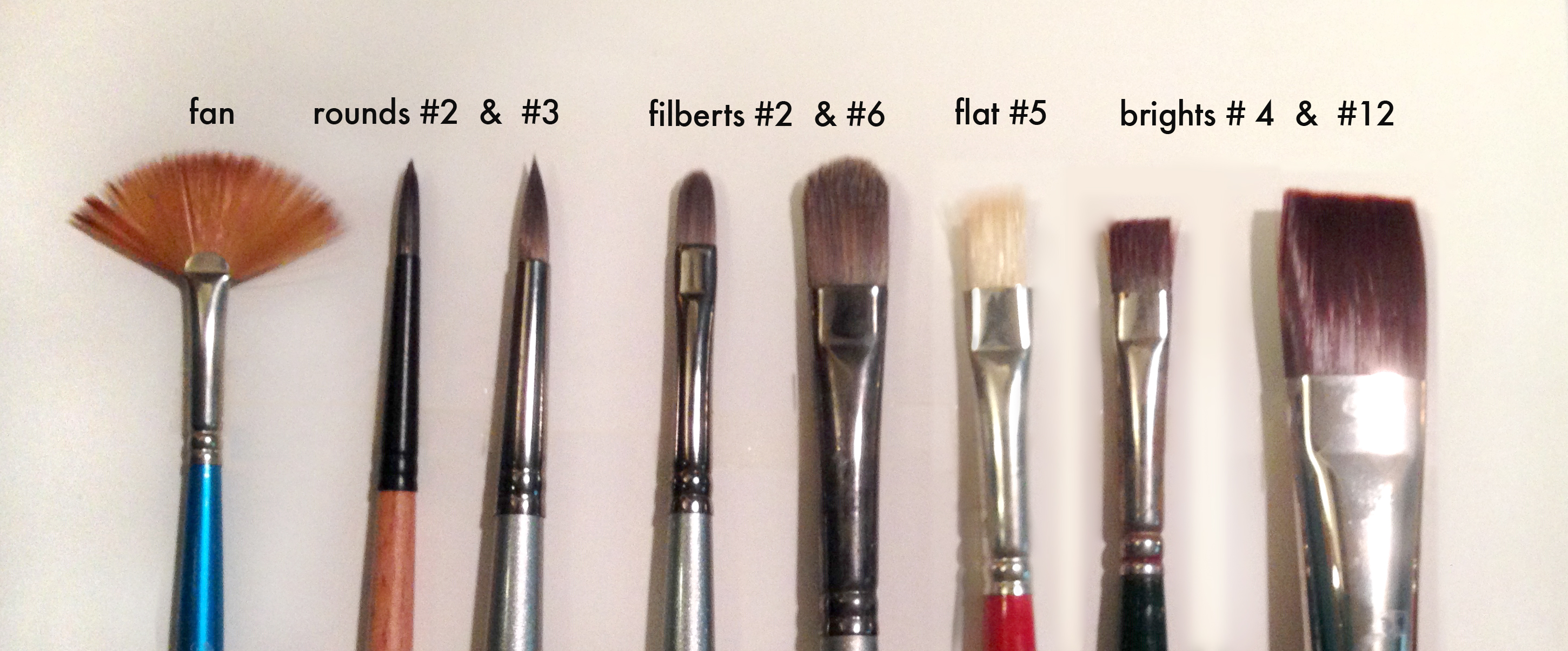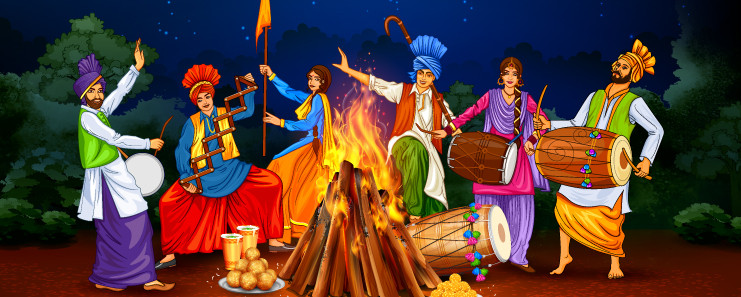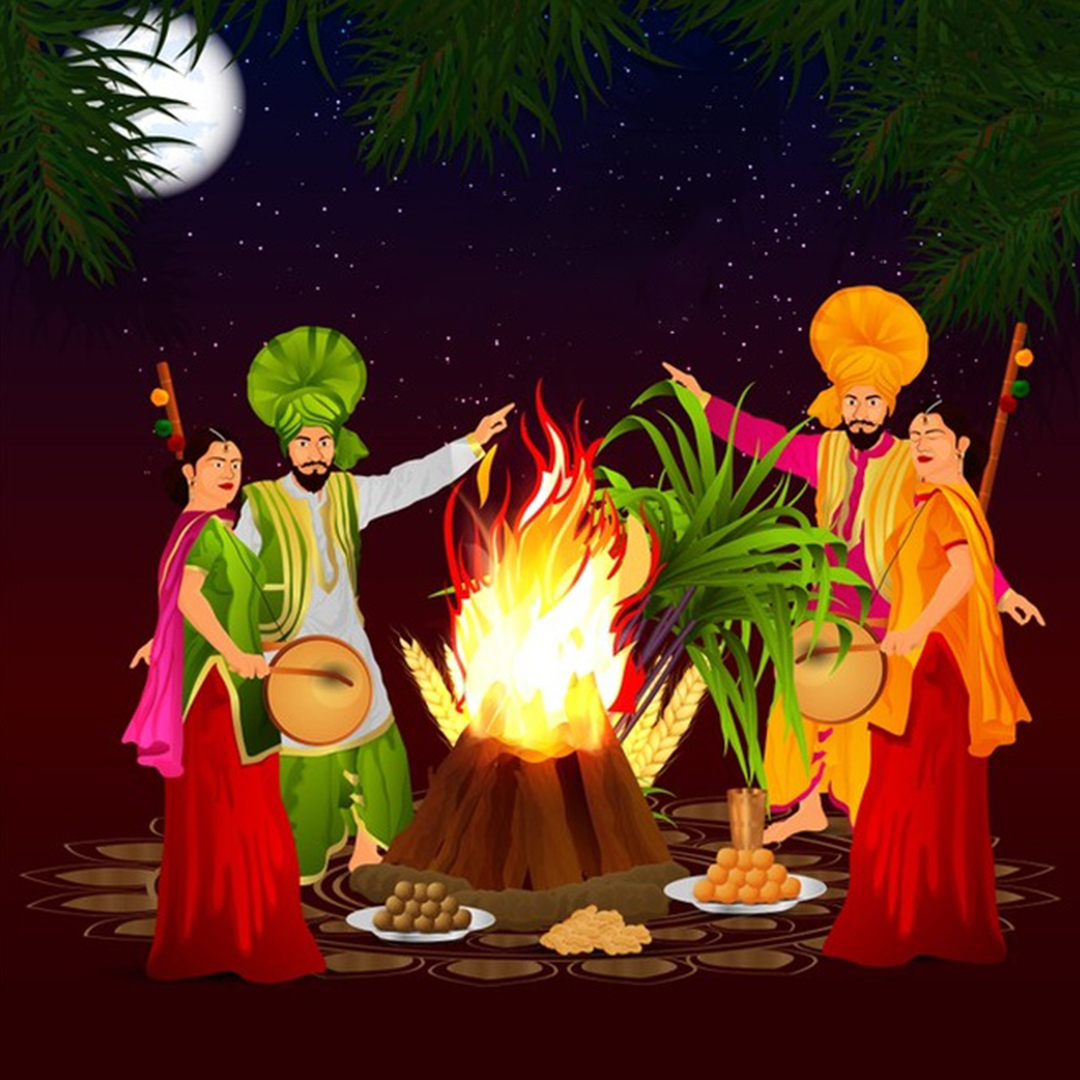Good afternoon everyone! I hope that you are all well and had a restful Spring Break. I have always wanted to do a self-portrait and have been contemplating whether or not I should do a large-scale piece of myself recently. I read a few very interesting articles and wanted to share some perspectives!
According to Sadie Valeri, “As an artist, and especially for woman artists, creating a self-portrait is the most powerful thing you can do for your personal artistic development, your career, and your place in history.” I found this to be a very interesting statement. However, when diving a little bit deeper, it makes complete sense.
Historically, women have not been allowed to contribute to art in the way that men have. Women were not always allowed to paint. Generally the only people creating self portraits were men. It now seems like a duty as a woman artist for me to create a self-portrait, to leave my mark, to establish my place and privilege in history. It feels like it’s now my responsibility, and the responsibility of other women in art, to scream, “Hey! I exist in art! I have a voice to share and a unique perspective to give!”
A self-portrait can be made for a variety of reasons. It can be empowering, a convenient way for an artist to practice the skill of capturing likeness with a readily available model, or just a creative way for an artist to demonstrate their own style, eye, and perspective.
Above all else, self-portraits are honest, they require a huge amount of vulnerability, courage, and bravery. it can be startling to look at yourself, and I mean really look at yourself, without all of the bias built up over years of internalization. It can be challenging to achieve not just a likeness, but to almost separate yourself from your image and recreate it honestly.
I think in writing this post I have convinced myself to do a hyperrealistic self-portrait in my own style. Should I go nostalgic and do a full pencil and charcoal piece? Or should I stick to the classic, oil paint? Let me know what you guys think! Also always, if any questions or thoughts arise, please comment or reach out to me!
Until next week,
Riya
Instagram: @riya_agg.art
Portfolio: https://theindianartist.weebly.com/
Sources:
https://blog.artweb.com/how-to/how-to-do-a-self-portrait/
https://marianacustodio.com/why-do-artists-make-self-portraits-and-what-we-learn-from-them/





